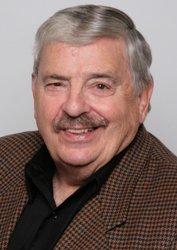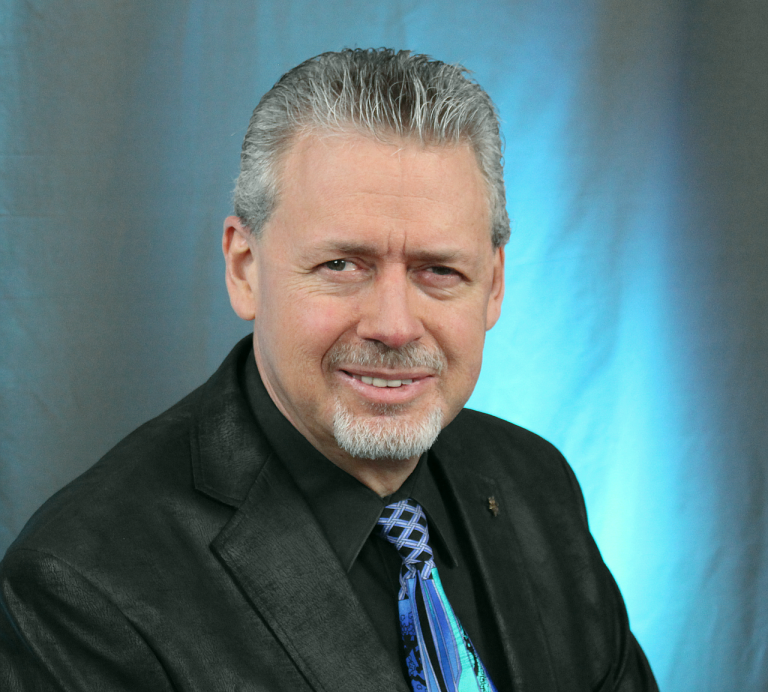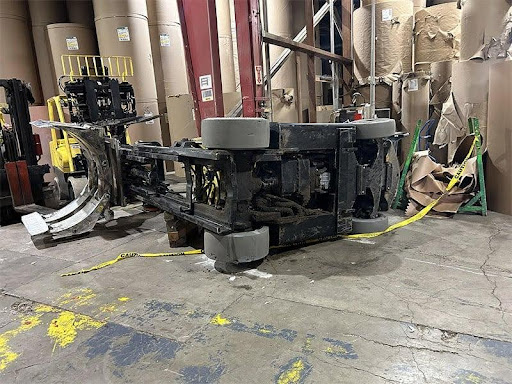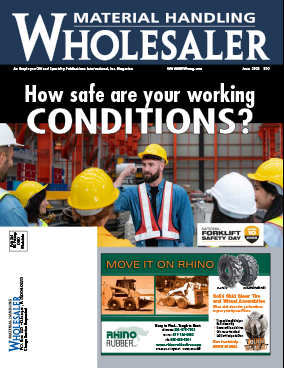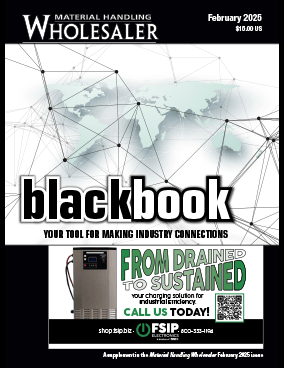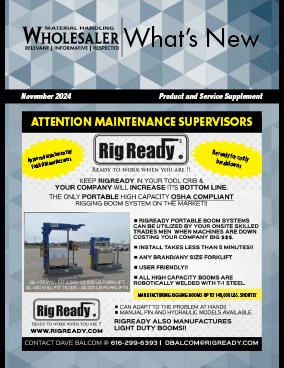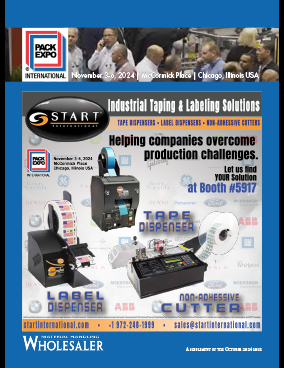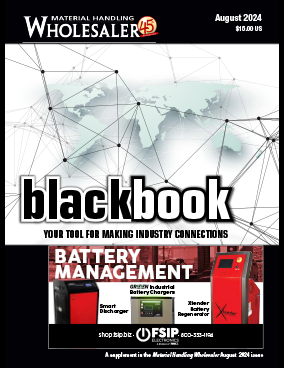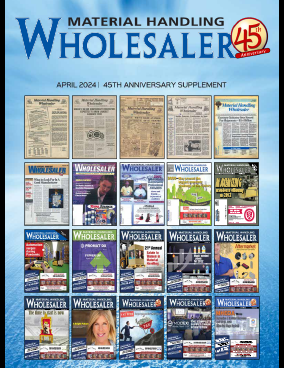Typically, most of you would reply to that question with an answer such as: “You gotta be kidding me!” Most equipment dealers, no matter what their line of product is, have been looking at the forest and not seeing the trees. If you have been reading our articles over the past three years you might recognize the terms we have been using . . . un-recognized, and/or un-known opportunities.
We witness a lot of dealers who sell equipment but fail to convince the customer to return to the dealership to take advantage of the dealership’s quality services. Customers are going elsewhere for their service and consequently their parts. Dealers are allowing (encouraging) these customers to go somewhere else for their service, i.e. independents, “shade-tree” technicians and other competing OEM’s. And, of course, many larger customers are performing their own service.
It is just as important to know who is not buying your service as it is to know who is! Once you know who is not buying from you, you can then ask the question, why?
In this article we are going to tackle quite probably the hardest customer to sell your service. This is the customer who is performing his own service, and a customer who believes he can do the job cheaper than the dealer who sold him the equipment. One thing up-front; ninety-nine times out of one hundred these prospective customers don’t have a clue as to what it costs to perform service on their own equipment.
Recently, we had the opportunity to sit down with a customer who owned twenty-eight pieces of equipment purchased from one of our clients. The customer had been performing his own service for well over ten years when our clients’ most proactive product support sales rep began calling. The PSSR wanted this customers’ business and decided to focus upon the customer and convince him by the book. It did not come easy, and the PSSR had to make numerous calls upon the customer to build rapport. But, things began to warm up when the PSSR helped the customer with a particularly small problem he was having finding a particularly difficult part. The customer was buying some parts from the dealer, parts which were mainly parts no one else could supply (captive) and the customer was shopping for a large portion of his parts, generally referred to as competitive parts. The customers’ three technicians perform all of the service on the equipment except when they get into a problem or the job was too technical for his technicians to perform. The customer explained that if they could not get a quick-fix on the phone they might bring it into the dealership unless some independent or “shade-tree” could repair the unit. The customer stated that very few times did they have to ask for help from the dealer.
During conversations with the PSSR, the customer stated continually that the company would like to cut their operating costs. The PSSR kept putting forth the idea that he too wanted to see the customer cut their fleet operating cost, but that he would need some financial information from the prospective customer. Finally the customer agreed to listen and told the PSSR that he was paying his technicians between $22.00 and $25.00 an hour. He believed that there was no way using the dealer for service could his operating costs be cut, because the dealer’s quoted labor rate was $92.50 per hour.
The PSSR wisely contacted the State Workmen’s Compensation Offices and discovered in the prospective customers’ state of operation Workmen’s Compensation Benefits are 40% of the technician’s hourly wage (every states’ benefits vary.) The PSSR had his foot in the door; those hours of building rapport had paid-off. Not making a big issue of the matter, the proactive PSSR pointed out to the prospect that his hourly cost per technician had increased by 40% to an hourly cost of $30.80 to $35.80, with any overtime running time and a half of that same figure. This figure is separate from the support staff these technicians require.
The proactive PSSR seized the opportunity and began asking some important questions concerning costs. 1) What does it cost to process a purchase order? 2) What does it cost to process a payable? 3) How much time does the technician use to research and order parts? 4) How much time does it take to pick up parts? 5) How many unneeded hours does the technician spend trouble shooting the equipment because of his lack of training? 6) How much additional time did the customer’s technician spend to repair the unit versus the number of hours it would take the dealer to perform the work? In effect, what was the efficiency of the technicians?
The dealers proactive/professional PSSR makes a point of asking all these questions, and also provides the answers for the prospective customer. He lets the customer know that these costs add up quickly, and must be considered as costs to the repair of the customers’ equipment. Before the proactive/professional PSSR left the office he set up another meeting with the prospective customer and his staff. The PSSR clearly stated that he would present a “detailed” plan to the customer and his staff at this meeting, a plan that would focus completely upon cutting this customers’ cost of operating and servicing his company’s equipment.
The PSSR was well prepared for this sales call, he followed the book! He brought everything needed to close the sale, including his service manager who he coached in every phase of the presentation. He introduced the service manager as the inside contact that would make sure everything ran smoothly and that he too would work to lower the customer’s costs of operation.
Both the PSSR and the service manager pointed out to the customer and to the customers’ staff that their answer to lowering costs is not simply to lower the labor rate. The true measurement of managing a fleet of equipment is measured by the cost per operating hour of every piece of equipment. It was pointed out and stressed how much more sophisticated and technical the customer’s equipment has become over the years and just how much time and money is spent in training the dealership’s technicians to perform quality service to eliminate their customer’s unscheduled downtime.
The customer stated that one of the most important points made during this meeting was pointed out by the PSSR and the customer found it very convincing: “without the continued up-training of technicians, both their productivity and efficiency would most certainly be less than it would be by using highly qualified technicians.” He pointed out that in most cases they had discovered that “in-house” technicians were taking 35% to 50% longer to do the same job performed by the dealership’s technicians. “This was a closing point as far as I was concerned.”
The proactive PSSR and the dealer’s service manager took the financial numbers provided by the customer, laid it out in the customer’s Shop Cost Analysis and convinced the customer with his own numbers that the best method by which the customer could cut his operating costs would be to have the work performed by the dealer who had sold the equipment. Everything was laid out for the customer to present to his management. It was also apparent that the need for three technicians was unnecessary and the dealership made arrangements to hire two of the three technicians who they would train and, if they met the dealership’s standards, they might be assigned to work the customer’s account at some point in the future.
End Result: Within two weeks, the customers’ upper-management signed a five-year contract at the dealer’s labor rate, they are now into the third year of the contract, satisfied with the performance of the equipment and, even more important, are satisfied with the high level performance of the dealer. The two technicians are still working for the dealer, and have become excellent technicians.
Was this sale hard-work for the PSSR? You bet it was! Was the work and effort worth the work? Here again, you bet it was! Is the customer satisfied – yes! He has become, since this transaction, a single source customer, a loyal customer, a customer who returns to buy more equipment thus helping the dealer provide the manufacturer their all-important market-share.
The book, mentioned several times in this article, is it available? Yes it is and all you have to do to get an emailed copy is email us at amsconco@aol.com and we will email you the book entitled: Service Marketing. We will invoice you $16.99, which you can pay after you discover the manual is worth that much to your dealership. In your email, please let us know your name, your company’s name, address and your line of equipment. To close deals like those described above, the seller must believe it can be accomplished. This book provides the self-help for your PSSRs, CSSRs, aftermarket sales personnel, etc. to become highly successful!
As the great Vince Lombardi once said, “The difference between a professional and others is not a lack of strength, not a lack of knowledge, but a lack of believing!”
John R. Walker is president of Aftermarket Services Consulting Co. Inc. E-mail editorial@mhwmag.com to contact John.

